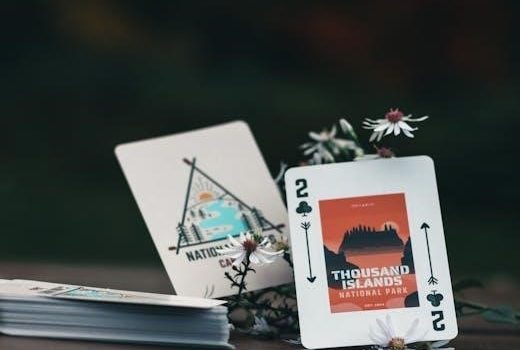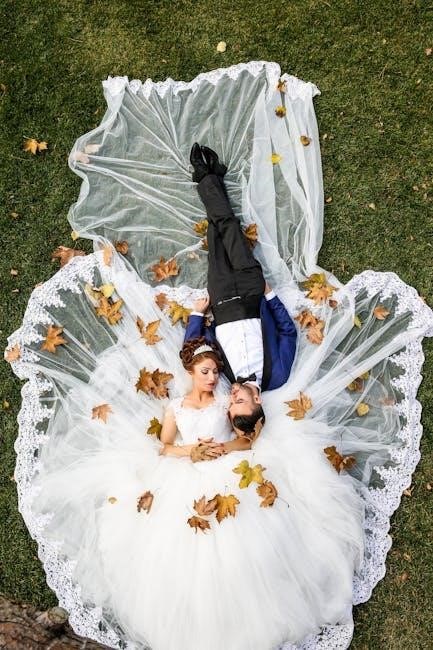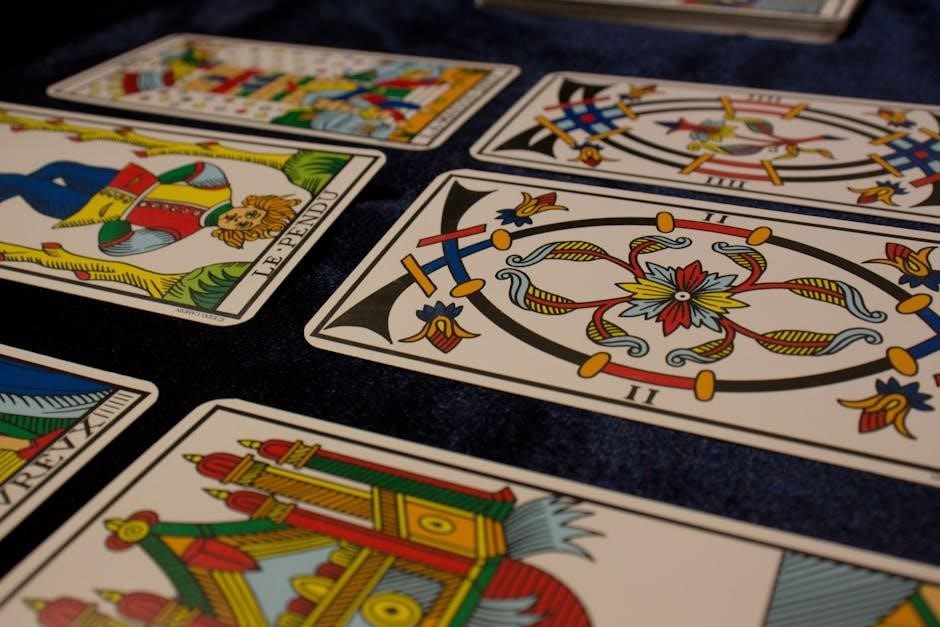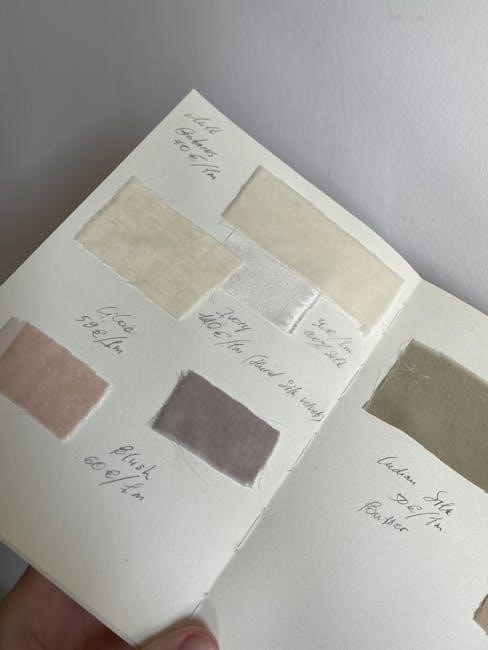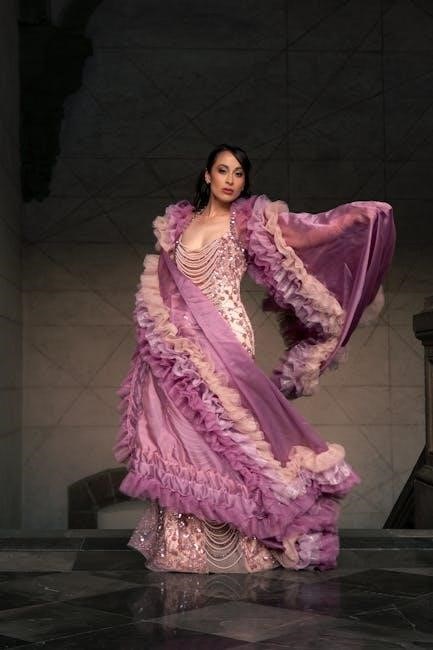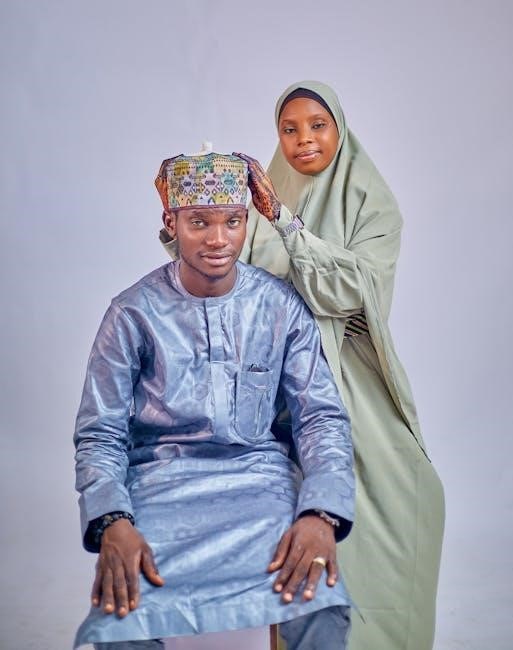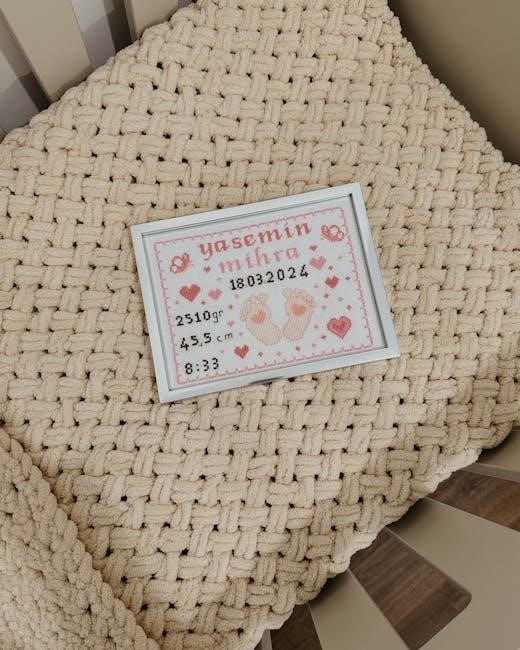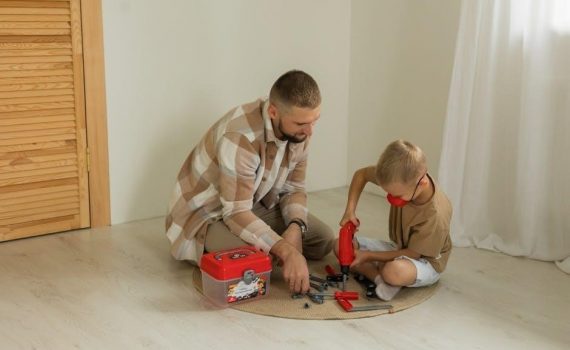rarity collection 2 rarity guide
Category : Guide
Celebrating the 25th anniversary of Yu-Gi-Oh!‚ Rarity Collection 2 offers a premium booster set with 79 cards‚ featuring high-value reprints and exclusive rarities. This set is designed to delight both collectors and players‚ with a curated selection of powerful cards from various archetypes. Priced at around $180 per box‚ it provides an increased chance to pull rare cards compared to its predecessor‚ making it a sought-after addition for enthusiasts.
Overview of the Set
Rarity Collection 2 is a premium booster set celebrating Yu-Gi-Oh!’s 25th anniversary‚ featuring 79 cards. Each booster box contains 18 packs with 9 cards each‚ totaling 162 cards. This set includes a mix of popular and powerful reprints‚ appealing to both collectors and competitive players. With increased high-rarity pulls compared to its predecessor‚ it offers a unique opportunity to acquire rare cards. Priced around $180 per box‚ it remains a sought-after release in the Yu-Gi-Oh! TCG.
Key Features and Changes from Rarity Collection 1
Rarity Collection 2 introduces several notable changes‚ including larger booster packs with 9 cards each‚ up from 5 in the first set. This increase allows for more high-rarity pulls per pack. The set also features new rarities like Quarter Century Secret Rares and Prismatic Style Collectors Rares‚ enhancing collector appeal. Priced at around $180 per box‚ it offers double the high-rarity chances of its predecessor‚ making it a premium option for enthusiasts seeking rare and luxurious cards.

Card Rarities in Rarity Collection 2
Rarity Collection 2 features seven distinct card rarities‚ including Super Rares‚ Ultra Rares‚ Secret Rares‚ and exclusive Quarter Century and Platinum Secret Rares‚ with unique Prismatic styles.
Super Rares
Super Rares in Rarity Collection 2 are among the most easily identifiable cards due to their distinct holographic foil finish and silver lettering. These cards have been a staple in recent Yu-Gi-Oh! sets and are highly sought after for their balance of rarity and accessibility. Each booster pack contains two Super Rares‚ making them more attainable than higher rarities while still maintaining significant value. Their popularity stems from their unique appearance and the fact that they strike a perfect balance between collectibility and playability.
Ultra Rares
Ultra Rares in Rarity Collection 2 are distinguished by their holographic foil finish and gold lettering‚ making them highly desirable. These cards are rarer than Super Rares‚ with one Ultra Rare appearing in every two packs on average. Their premium appearance and limited availability make them a favorite among collectors and competitive players. Ultra Rares are a key highlight of the set‚ offering both visual appeal and significant value for those lucky enough to pull them from a booster pack.
Secret Rares
Secret Rares in Rarity Collection 2 are among the highest-tier cards‚ featuring a stunning holographic foil finish with a rainbow effect. These cards are extremely rare‚ with only a 1-in-4 chance of appearing in a pack. Their premium aesthetics and exclusivity make them highly sought after by collectors and competitive players alike. Secret Rares include iconic reprints‚ further enhancing their value and desirability in the Yu-Gi-Oh! community.

Quarter Century Secret Rares
Quarter Century Secret Rares are exclusive to Rarity Collection 2‚ celebrating the 25th anniversary of Yu-Gi-Oh!. These cards feature a unique cross-shaped sparkle effect and a gold foil stamp‚ making them highly distinctive. Limited in number‚ they combine rarity with stunning visuals‚ appealing to both collectors and competitive players; Their premium appearance and historical significance make them highly sought after‚ adding exceptional value to any collection.
Platinum Secret Rares
Platinum Secret Rares are a rare and luxurious addition to Rarity Collection 2‚ last seen in the 2015 Mega-Tin. These cards feature a striking silver border and foil-stamped borders‚ enhancing their premium appeal. With their limited availability‚ they are highly sought after by collectors and competitive players alike. Platinum Secret Rares add a touch of elegance to any deck or collection‚ making them a standout choice for those seeking rare and visually stunning cards.

Prismatic Style Collectors Rares
Prismatic Style Collectors Rares are a new and dazzling addition to Rarity Collection 2‚ featuring extra sparkle for enhanced visual appeal. These cards utilize the same technology as the Japanese Collectors Rares‚ previously exclusive to Asia. With their vibrant‚ prismatic finish‚ they stand out as unique collectibles. Their rarity and eye-catching design make them highly desirable for both players and collectors seeking to elevate their decks or collections with a touch of luxury and exclusivity.
Prismatic Style Ultra Rares
Prismatic Style Ultra Rares in Rarity Collection 2 combine stunning visuals with extreme rarity. These cards feature a prismatic finish‚ similar to the Collectors Rares‚ but with even greater scarcity. Their vibrant‚ rainbow-like effect makes them stand out‚ while their limited availability adds to their exclusivity. These cards are highly sought after by collectors and players alike‚ blending beauty and rarity into a unique TCG experience‚ making them a crown jewel in any collection;
Price Guide for Rarity Collection 2
Rarity Collection 2 cards range in price from a few dollars to hundreds‚ depending on rarity and condition. TCGplayer offers detailed pricing for graded and ungraded cards.
Factors Affecting Card Values
Card values in Rarity Collection 2 are influenced by rarity tiers‚ condition‚ and competitive viability. Super Rares‚ Ultra Rares‚ and Secret Rares‚ including Quarter Century and Platinum variants‚ command higher prices due to their exclusivity. Mint condition cards‚ especially graded ones‚ see significant value appreciation. Popular cards in current meta decks also boost prices. The set’s 25th-anniversary appeal and limited high-rarity pulls further enhance collectibility and investment potential‚ making certain cards highly sought after by players and collectors alike.
Current Market Trends and Prices
Current market trends show steady demand for Rarity Collection 2‚ with prices influenced by card rarity and condition. Super Rares and Ultra Rares typically range from $10 to $50‚ while Secret Rares can fetch $100 to $300. Quarter Century and Platinum Secret Rares are highly sought after‚ often selling for $200 to $500. Prismatic Style Collectors’ Rares and Ultra Rares also command premium prices‚ driven by their aesthetic appeal and exclusivity. Graded cards consistently achieve higher values‚ reflecting their rarity and pristine condition.

Card List and Notable Reprints
Rarity Collection 2 features 79 cards‚ including Super Rares‚ Ultra Rares‚ Secret Rares‚ and exclusive reprints of powerful cards from various archetypes‚ appealing to both collectors and players.
Total Number of Cards and Distribution

Rarity Collection 2 contains 79 cards‚ distributed across seven distinct rarities‚ ensuring a diverse and balanced selection for collectors. Each booster pack includes 9 cards‚ with 18 packs per box‚ totaling 162 cards per box. This is a significant increase from the first set‚ offering more opportunities to acquire high-rarity cards. The set’s structure and larger size make it appealing for both collectors seeking rare cards and players looking to enhance their decks with powerful reprints.
High-Demand Cards and Their Significance
Certain cards in Rarity Collection 2 are highly sought after due to their rarity and utility in competitive play. The Quarter Century Secret Rares‚ celebrating the 25th anniversary‚ are particularly coveted for their unique design and historical significance. Additionally‚ reprints of popular‚ powerful cards from past sets are in high demand‚ as they provide players with accessible versions of staples for deck building. These cards also hold strong resale value‚ making them desirable for collectors and investors alike.
Investment Potential of Rarity Collection 2
Rarity Collection 2 offers strong investment potential due to its limited edition 25th-anniversary exclusives‚ high-value reprints‚ and unique card designs‚ appealing to both collectors and investors.
Why This Set is a Good Investment
Rarity Collection 2 is a compelling investment due to its limited print run and high demand for rare cards. With exclusive 25th-anniversary designs like Quarter Century Secret Rares and Platinum Secret Rares‚ this set attracts both collectors and competitive players. Its balanced distribution of 79 cards ensures diversity‚ while the inclusion of powerful reprints enhances its value. Additionally‚ the set’s premium packaging and unique rarities make it a standout in the market‚ driving long-term appreciation and strong resale potential.

Rare Cards to Look For
Rare Cards to Look For
Key highlights include the exclusive Quarter Century Secret Rares‚ celebrating the 25th anniversary with unique designs. Platinum Secret Rares‚ last seen in 2015‚ and Prismatic Style Ultra Rares also stand out. These cards‚ along with high-demand reprints‚ are highly sought after by collectors and players. Their limited availability and aesthetic appeal make them valuable additions to any collection‚ with potential for long-term appreciation in value.

Rarity Collection 2 is a must-have for both collectors and competitive players‚ offering a diverse range of rare and iconic cards that enhance any collection.

Final Thoughts on Rarity Collection 2
Rarity Collection 2 is a valuable addition for both collectors and players‚ offering a thoughtfully curated selection of 79 cards. With iconic reprints and exclusive rarities‚ it enhances deck-building and collecting experiences. The set’s strategic distribution of high-value cards makes it a smart investment. Priced at around $180 per box‚ it provides increased chances to acquire rare cards‚ making it a must-have for enthusiasts seeking to elevate their collections or strengthen their competitive strategies.
Tips for Collectors and Players
For collectors‚ focus on acquiring rare cards like Quarter Century Secret Rares and Prismatic Style Ultra Rares‚ as they hold high value and aesthetic appeal. Players should prioritize high-demand cards that fit meta-relevant decks. Both groups should monitor market trends and consider grading rare cards for long-term investment. Opening multiple packs increases chances of pulling rare cards‚ making it a strategic move for serious enthusiasts seeking to complete collections or strengthen competitive strategies.
